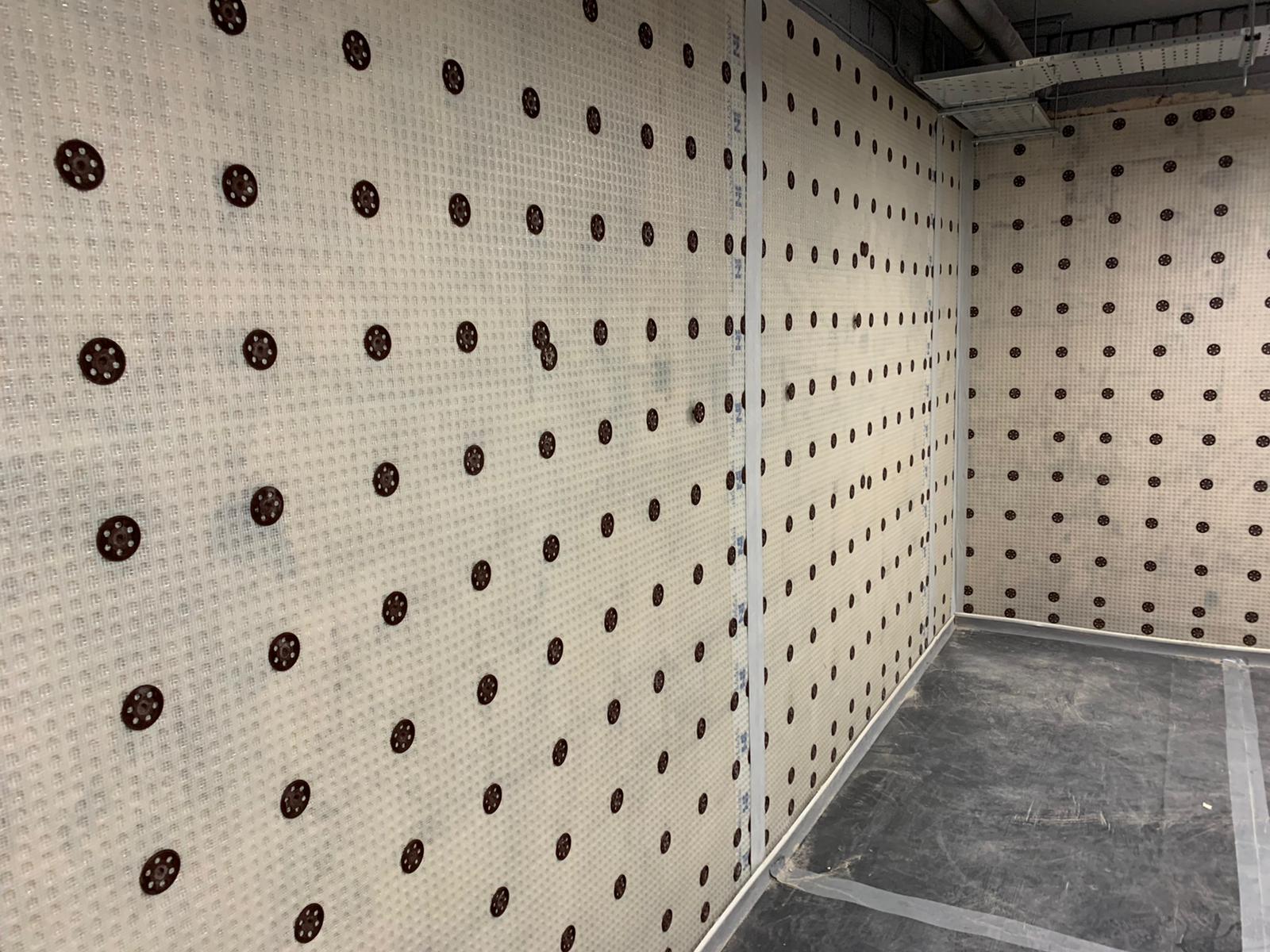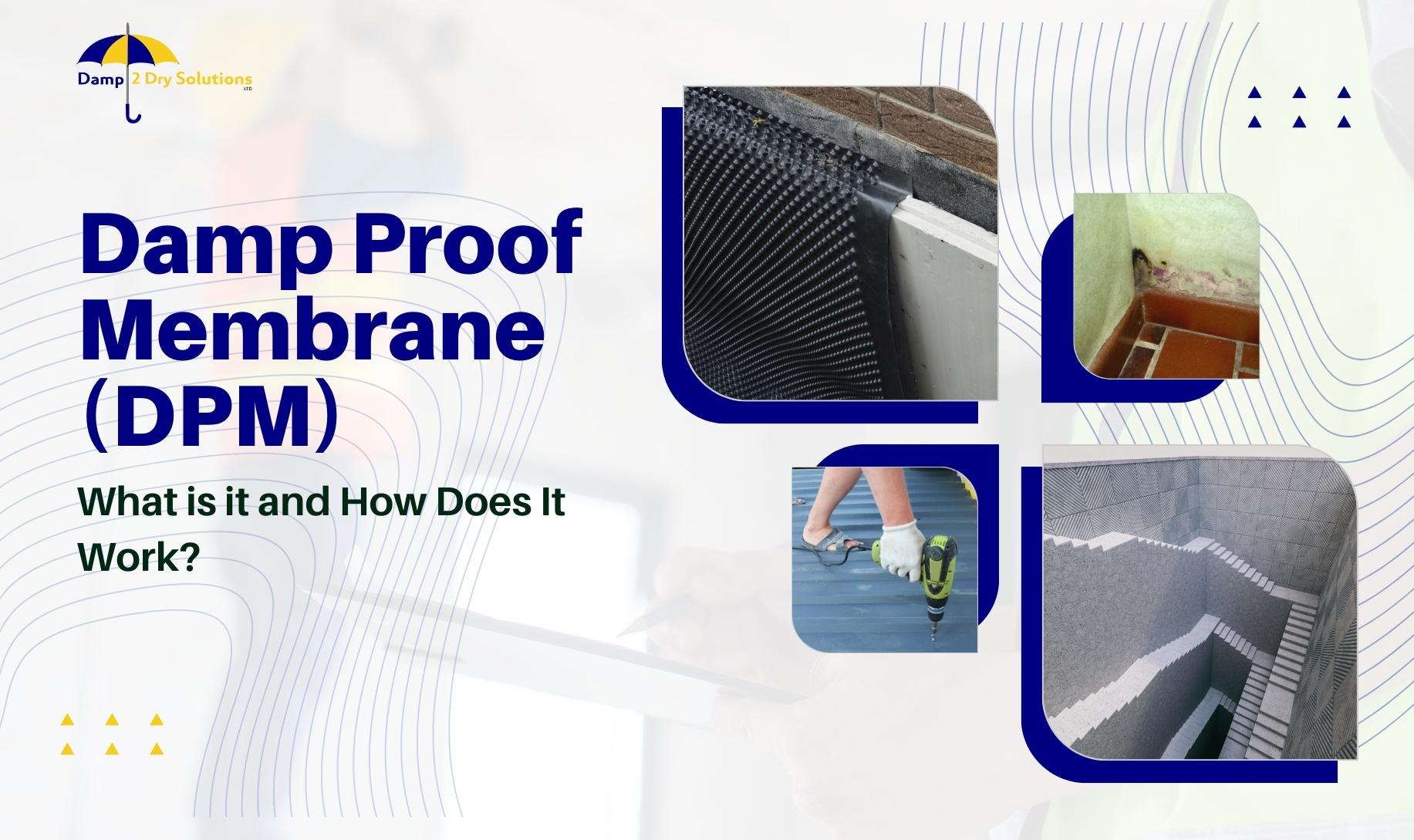Pro tips on dealing with rising damp from damp proofing newcastle
Pro tips on dealing with rising damp from damp proofing newcastle
Blog Article
Checking Out the Different Methods and Solutions for Effective Damp Proofing
Dampness in structures postures considerable difficulties to both architectural stability and indoor air quality. Numerous methods and services have arised to battle this prevalent issue. From traditional damp-proof membrane layers to innovative chemical therapies, each method offers one-of-a-kind benefits. Comprehending these options is crucial for effective wetness control. Nevertheless, picking the best service depends upon certain structure conditions and requirements, prompting additional exploration right into one of the most effective moist proofing strategies available.
Understanding the Reasons For Dampness
Dampness can emerge from numerous resources, comprehending these reasons is essential for efficient removal. Typically, wetness originates from 3 main sources: rising damp, passing through moist, and condensation. Climbing moist takes place when groundwater takes a trip up-wards through porous products, such as brick or rock, frequently due to an absence of an effective barrier (damp specialist newcastle). Passing through damp is generally brought on by outside variables, including roofing system leakages, defective seamless gutters, or damaged walls, permitting water to penetrate a home. Condensation, on the various other hand, arises from excess dampness in the air, usually exacerbated by bad ventilation and temperature distinctions, bring about water droplets basing on surfaces. Recognizing these underlying issues is crucial, as each kind of wetness calls for a tailored approach for removal. Appropriate analysis helps in figuring out the most effective remedies, inevitably guarding the architectural honesty of a building and boosting indoor air high quality
Traditional Damp-Proof Membranes

Chemical Damp-Proofing Solutions
Chemical damp-proofing options offer an innovative approach to avoid wetness breach in buildings. These techniques typically include the application of liquid chemicals that permeate stonework and develop a barrier versus climbing wet. Generally made use of chemicals include silanes, siloxanes, and other water-repellent representatives that react with surface products to create a hydrophobic layer.The application procedure normally requires boring openings into the wall surfaces, injecting the chemical remedy, and permitting it to cure. This method is specifically useful for older frameworks where conventional damp-proof membranes might be not practical. In addition, chemical damp-proofing can be much less turbulent and extra cost-effective than extensive improvement projects.While efficient, these services rely on proper application and ecological problems for peak performance. Normal maintenance and surveillance are vital to guarantee the long life of the damp-proofing treatment. In general, chemical damp-proofing represents a functional option for guarding buildings versus moisture-related damage
Tooth Cavity Wall Surface Building Strategies
Cavity wall building and construction techniques use numerous benefits, especially in dampness control and energy effectiveness. By including an air gap between 2 layers of stonework, these walls successfully mitigate water ingress while improving insulation. This mix not only safeguards frameworks from wetness but likewise adds to lowered energy usage.
Advantages of Dental Caries Walls
When thinking about efficient wet proofing approaches, the advantages of tooth cavity walls stand apart plainly. Cavity wall surfaces are composed of two different layers, producing an air space that properly minimizes moisture infiltration. This style decreases the threat of moisture, as the outer wall surface functions as a barrier versus rainfall and water access. In addition, dental caries walls improve thermal insulation, which adds to power performance by reducing heat loss. They also offer sound insulation, helping to develop a quieter interior setting. The air space allows for air flow, which assists in dampness control and lowers the possibility of mold development. These advantages not just enhance the general comfort of a structure yet likewise add to its durability and structural stability.
Wetness Control Techniques
Effective moisture control approaches are vital in dental caries wall surface building and construction to ensure lasting security versus dampness. One key method includes the unification of weep holes, which promote water drain from the cavity, protecting against build-up. In addition, using breathable membrane layers can help handle dampness levels while permitting trapped vapor to leave. Correct placement of insulation is also essential, as it ought to not block water drainage courses. Making certain that the external leaves of the tooth cavity wall surface are constructed with water-resistant materials improves total resilience. Routine upkeep checks are essential to identify any blockages or damage early, protecting the structure's integrity. Inevitably, a combination of these methods forms a durable defense versus wetness intrusion in dental caries walls.
Insulation and Power Performance
Insulation plays a vital function in boosting power effectiveness within tooth cavity wall surface building. By incorporating protecting products, these walls produce a thermal obstacle that decreases heat loss and reduces power usage. Reliable insulation not only helps preserve a steady indoor temperature however additionally alleviates the danger of wetness, as it stops condensation within the wall surface cavity. Different strategies, such as using inflexible foam boards or mineral wool, can be used to accomplish suitable insulation efficiency. Furthermore, correct installation is vital to ensure that gaps and voids are decreased, which can otherwise endanger power efficiency. Ultimately, a well-insulated tooth cavity wall adds substantially to general sustainability and lowers home heating and cooling expenses for property owners.
External Damp Proofing Approaches
Exterior moist proofing methods are necessary for shielding structures from dampness infiltration. 2 efficient strategies include the application of waterproof membrane layers and the setup of French drains pipes. These services aid mitigate water build-up and maintain the integrity of structures.
Waterproof Membrane Layer Application
While numerous approaches exist for stopping dampness access, the application of water resistant membranes continues to be an extremely reliable external damp proofing method. These membrane layers are normally made from materials such as polyethylene, rubber, or customized asphalt, giving a robust barrier against water infiltration. The installation process includes using the membrane layer to the exterior surfaces of foundations or walls, making sure full coverage to protect against leaks. Proper bond and securing at joints are critical to making best use of efficiency. Water resistant membrane layers can be used in numerous types, consisting of liquid layers and sheet membrane layers, enabling adaptability based upon the certain demands of the framework. This approach not only shields buildings from dampness but additionally boosts their long life and architectural integrity.
French Drain Setup
One reliable approach for taking care of groundwater and preventing moisture buildup around a structure's structure is the setup of a French drain. This water drainage system includes a trench loaded with crushed rock and a perforated pipeline that redirects surface area water far from the structure. Proper installment calls for mindful preparation, making certain that the drain inclines far from the framework to help with excellent water circulation. In addition, the area of the drainpipe is important; it ought to be positioned in areas vulnerable to pooling or excess wetness. Regular upkeep, including clearing particles from the gravel and making sure the pipe continues to be unblocked, is vital for long-term performance. Eventually, a well-installed French drainpipe can considerably decrease the threat of water-related problems in structures and basements.
Inside Waterproofing Methods
Inside waterproofing methods are vital for shielding a building's inside from moisture infiltration and possible water damage. These methods generally entail the application of specialized products and strategies developed to develop a moisture obstacle within the framework. One common approach is using waterproof finishings or sealants on wall read more surfaces and floors, which avoid wetness from passing through surfaces.Additionally, installing indoor water drainage systems, such as sump pumps, can successfully manage water build-up in cellars and creep spaces. One more technique entails using vapor obstacles, which are installed to hinder moisture motion from the ground right into living spaces.Moreover, attending to any fractures or voids in walls or foundations with proper sealers assures a detailed protection versus water intrusion. By executing these interior waterproofing techniques, homeowner can significantly reduce the danger of mold growth, architectural damages, and other moisture-related problems. Proper execution of these techniques is necessary for long-term protection and building honesty.
Normal Upkeep and Inspection Practices
Regular upkeep and inspection techniques are essential for guaranteeing the long-lasting performance of moist proofing options in any kind of building. Routine checks enable residential property proprietors to determine very early indicators of wetness invasion, such as peeling paint, mold and mildew development, and mildewy odors. These indicators can signify underlying problems that require immediate attention.Inspections need to be performed a minimum of every year, concentrating on vulnerable areas like cellars, creep areas, and exterior walls. Throughout these evaluations, building proprietors must analyze sealers, drain systems, and air flow to validate they work correctly.Additionally, preserving gutters and downspouts is essential, as blocked systems can lead to water buildup near the structure. Carrying out a regular upkeep schedule, together with prompt repair services, can considerably prolong the life-span of moist proofing steps and protect the structural honesty of the building. Positive measures eventually add to the overall health and wellness and safety of the living atmosphere.
Frequently Asked Inquiries
For How Long Does Damp Proofing Typically Last?
The duration of moist proofing performance varies, usually lasting in between 20 to 50 years. Factors such as application quality, ecological problems, and maintenance practices substantially affect the longevity of the moist proofing treatment.

Can I Damp Proof My Home Myself?
The specific considered the usefulness of DIY damp proofing. With correct research study and the right products, it is possible. They likewise recognized the relevance of specialist assistance to guarantee durable effectiveness and prevent future issues.
What Are the Indications of Ineffective Damp Proofing?
Indicators of ineffective moist proofing include persistent musty smells, visible mold and mildew development, peeling off paint, wet patches on walls, and timber degeneration - mould treatment newcastle. Home owners ought to attend to these issues immediately to prevent further damages and health and wellness problems
Does Damp Proofing Affect Indoor Air High Quality?

Just How Much Does Expert Damp Proofing Cost?
Specialist damp proofing expenses differ considerably, commonly ranging from $1,000 to $5,000 relying on the residential or commercial property's dimension, the extent of the moist problem, and picked approaches. Each scenario needs a customized analysis for precise prices. Frequently, dampness stems from 3 key sources: increasing damp, penetrating wet, and condensation. When thinking about efficient wet proofing techniques, the advantages of cavity wall surfaces stand out prominently. External moist proofing approaches are essential for protecting frameworks from moisture seepage. While various approaches exist for preventing moisture ingress, the application of water resistant membranes stays an extremely efficient outside damp proofing technique. Signs of ineffective damp proofing include persistent moldy odors, visible mold and mildew development, peeling off paint, damp patches on wall surfaces, and wood decay.
Report this page